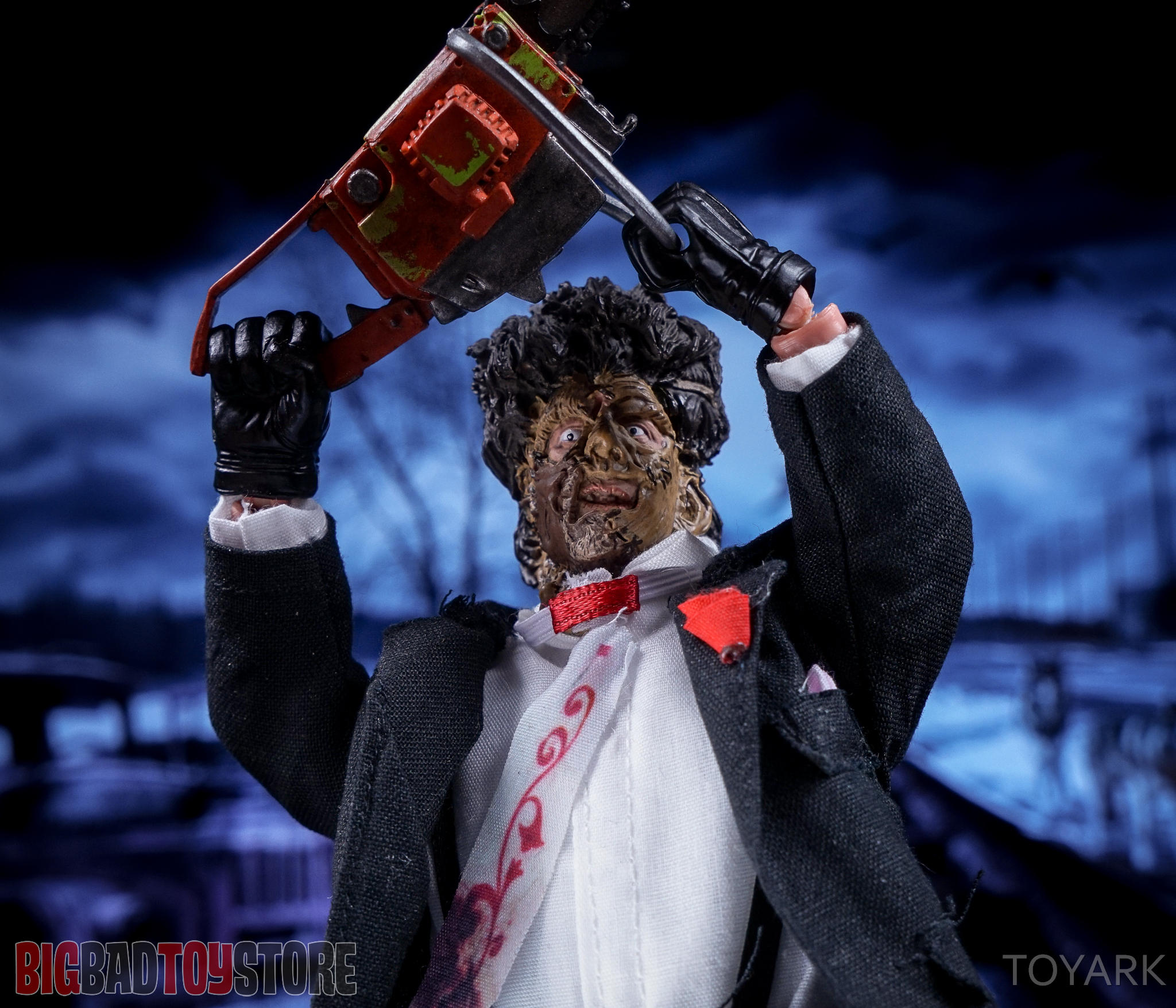

Partain) as they take a van trip with three of their shaggy friends to their family’s crumbling old homestead in the country. The movie follows the sweet-natured Sally Hardesty (played by Marilyn Burns) and her obnoxious paraplegic brother Franklin (Paul A.

People remember the assaultive part of The Texas Chain Saw Massacre most, though. Hooper fills the background of the movie with banal horrors-radio reports about raging fires and epidemics, and images of rusty junk and slaughterhouses-while Pearl executes gorgeously curving low-angle tracking shots, and finishes the film with a lovely scene of Leatherface twirling madly at sunrise with his roaring saw. Hooper has claimed he was inspired by news coverage of Watergate and Vietnam, as well as by casually morbid pop songs like Loudon Wainwright III’s “Dead Skunk.” Put all that together, and The Texas Chain Saw Massacre becomes simultaneously assaultive and artful.

Gunnar Hansen studied the movements and speech of the mentally handicapped to inform his portrayal of the hulking, masked killer “Leatherface.” Cinematographer Daniel Pearl laid what little pieces of track he had all over the set to add fluid movement and unusual angles.
THE TEXAS CHAIN SAW MASSACRE COMPANION HOW TO
Writer-director/producer Tobe Hooper and his co-writer/co-producer Kim Henkel assembled a cast and crew drawn from Austin-area film students and movie buffs, all of whom had ideas about how to bring their best to this grubby little slasher. As disgusting, harrowing, and ugly as the 1974 horror classic The Texas Chain Saw Massacre is, the film has moments of eerie beauty.


 0 kommentar(er)
0 kommentar(er)
